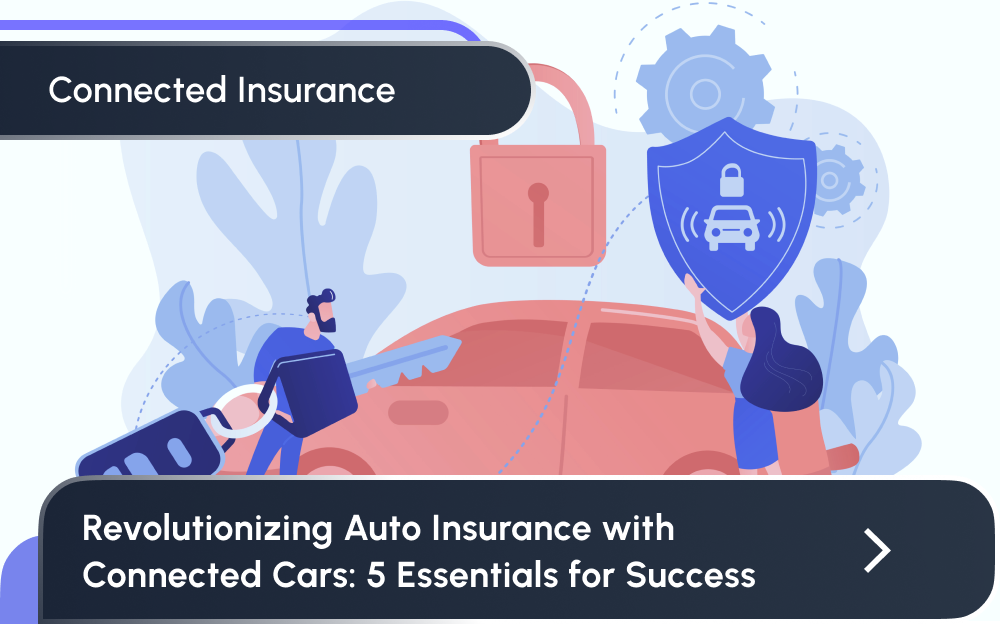

Revolutionizing Auto Insurance with Connected Cars: 5 Essentials for Success

Connected car insurance isn’t just the future; it’s the present, reshaping the landscape of auto insurance with technology and data. Telematics, which monitors real-time driving behavior, allows for personalized premiums and rewards safe drivers with discounts. Telematics and video telematics solutions have seen successful implementation by quite a few insurers, with the market forecasted to grow by 17.5% by 2029. This innovative approach prioritizes safety, offers tailored pricing, and even includes features like emergency assistance, turning vehicles into intelligent partners for safer, more enjoyable driving experiences.

Taking a broad view of telematics and video telematics solutions in the auto insurance industry, we can notice that these solutions are much more prevalent in some countries than others. In Italy, for example, 70% of new auto insurance policies are based on usage, and in the United States, 4.4 million cars are insured this way. However, in contrast, the use of these technologies in the auto insurance industry in some countries, like Hungary and China is not yet observed. While some insurers have embraced these innovations, others lag.
So, what could be critical for a successful implementation of connected car insurance products?
Establishing a stable framework is paramount. Clear definition of key elements, alignment with company goals, and integration with existing systems are essential for success.


User experience is key. Seamless onboarding, smooth processes, and customer-centric product design are crucial for adoption. Neglecting this aspect can lead to missed opportunities, as seen in Hungary’s market.
Building a capable team from both business and IT departments ensures a holistic approach from conception to integration and beyond.


Clear communication about data collection, usage, security measures, and third-party sharing is imperative. Providing customers with control over their data builds trust, a cornerstone of successful implementation.
Establishing key performance indicators (KPIs) and conducting trials help gauge effectiveness. Regular reviews and updates ensure the system evolves to meet evolving needs.

These considerations, backed by data and research, are crucial for navigating the complexities of connected car insurance implementation. Learning from successful examples globally, such as Italy’s widespread adoption, and addressing challenges like those in Hungary’s market, ensures a more informed and effective approach.
In conclusion, connected car insurance isn’t just about leveraging technology; it’s about transforming the insurance landscape for the better. By paying heed to these essentials, insurers can unlock the full potential of connected car insurance and pave the way for a safer, more personalized driving future.
Ready to save on claim costs and enhance customer satisfaction with more personalized quotes? If you need more information about how to leverage the benefits of connected car insurance, look for more information on our website or book a demo today!


